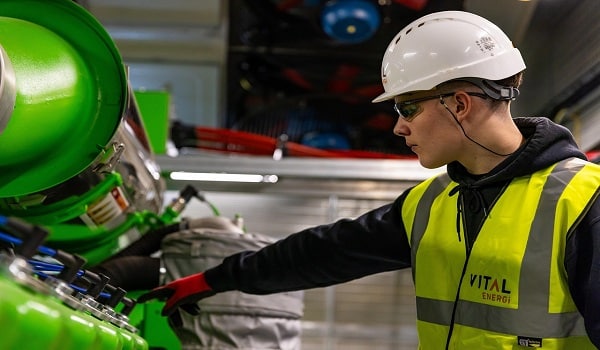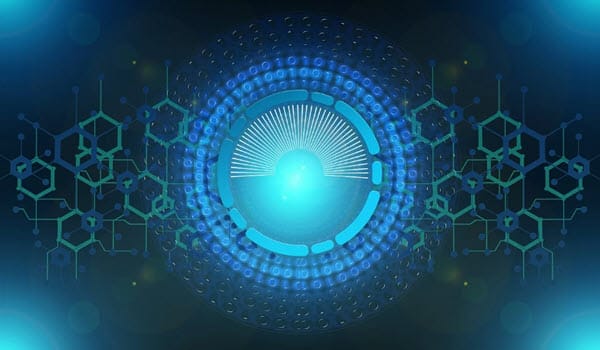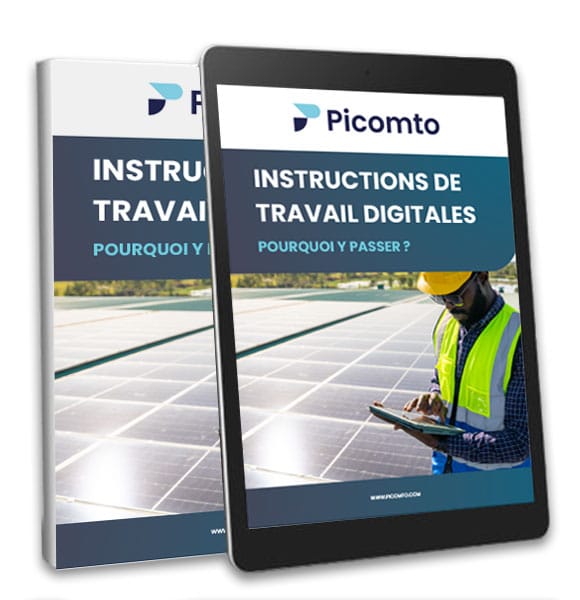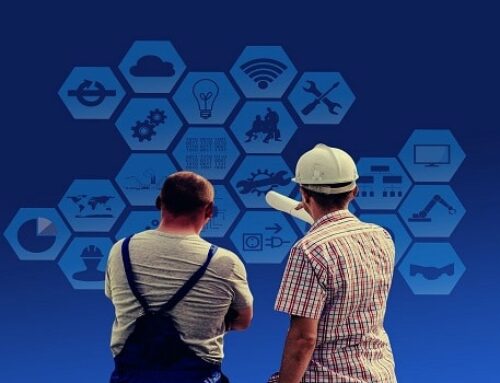Is remote maintenance truly revolutionizing modern industry? How can companies reduce their operational costs while improving their performance? These crucial questions find their answer in current technological evolution. Indeed, remote maintenance is establishing itself as an essential solution for industrial companies seeking to optimize their operations. This innovative approach enables diagnosing, repairing, and maintaining equipment without physical on-site intervention.
Consequently, it offers remarkable flexibility and efficiency in a context where industrial competitiveness depends on intervention speed and minimizing downtime.

Key points to remember about remote maintenance:
- Cost reduction: Up to 40% decrease in maintenance costs through remote intervention
- Performance optimization: Improved equipment availability and reduced breakdowns
- Enhanced responsiveness: Immediate expert intervention without geographical constraints
- Accessible expertise: 24/7 access to specialized skills via digital technologies
- Predictive analysis: Breakdown prevention through real-time data collection and analysis
Discover how to transform your industrial maintenance today for a personalized consultation.
1. What is remote maintenance and how does it work?
Remote maintenance represents a revolutionary approach that transforms industrial equipment management. This methodology relies on advanced technologies to enable technicians to intervene on machines without being physically present. Thus, it optimizes maintenance processes while reducing logistical constraints.
1.1. Definition and basic principles of remote maintenance
Remote maintenance consists of monitoring, diagnosing, and repairing industrial equipment via digital connections. This approach is based on several fundamental principles:
- Permanent connectivity: Machines are equipped with IoT sensors for continuous monitoring
- Data transmission: Information flows in real-time to control centers
- Automated analysis: Algorithms detect anomalies and alert technicians
- Remote intervention: Experts intervene via secure digital interfaces
1.2. Different types of remote maintenance (preventive, corrective, predictive)
Remote maintenance is divided into several complementary approaches:
Preventive maintenance:
- Planning regular interventions according to predefined schedules
- Remote verification of operating parameters
- Software and configuration updates
Corrective maintenance:
- Immediate diagnosis of occurred breakdowns
- Problem resolution via remote commands
- Coordination of physical interventions if necessary
Predictive maintenance:
- Data analysis to anticipate failures
- Equipment behavior modeling
- Maintenance cycle optimization
1.3. The role of technologies in remote maintenance (IoT, AR/VR, AI)
Modern technologies constitute the foundation of remote maintenance:
Internet of Things (IoT):
- Continuous data collection via intelligent sensors
- Automatic transmission of critical information
- 24/7 monitoring of industrial equipment
Augmented/Virtual Reality (AR/VR):
- Real-time failure visualization
- Visual assistance for on-site technicians
- Immersive training for maintenance teams
Artificial Intelligence (AI):
- Predictive analysis of machine behaviors
- Automatic optimization of operating parameters
- Early anomaly detection
Explore our innovative maintenance solutions! Check out our Veolia case study to see concrete results.
2. What are the advantages of remote maintenance for your company?
Remote maintenance brings considerable benefits to modern industrial companies. These advantages translate into measurable gains in terms of productivity, costs, and operational performance. Nevertheless, it is necessary to analyze each aspect to understand the real impact on your organization.
2.1. Cost reduction and resource optimization
The savings generated by remote maintenance are substantial:
- Reduced travel expenses: Elimination of transportation and accommodation costs
- Human resource optimization: One expert can intervene on multiple sites simultaneously
- Inventory reduction: More precise spare parts management through prediction
- Minimized downtime: Faster and more targeted interventions
2.2. Improved responsiveness and reduced downtime
Remote maintenance revolutionizes intervention timeframes:
- Instant diagnosis: Immediate problem identification via sensors
- 24/7 intervention: Permanent expert availability, regardless of time zones
- Proactive resolution: Anomaly correction before they cause breakdowns
- Optimized coordination: Efficient planning of physical interventions if necessary
2.3. Access to remote expertise and continuous team training
Access to specialized skills becomes universal:
- Global expertise: Availability of the world’s best specialists
- Real-time training: Continuous learning for local teams
- Knowledge transfer: Experience sharing between different sites
- Skill development: Internal capacity building
2.4. Better data management and decision-making
Remote maintenance generates valuable informational wealth:
- Complete history: Traceability of all maintenance events
- Trend analysis: Failure pattern identification
- Process optimization: Continuous improvement based on data
- Automatic reporting: Detailed report generation for management
3. How to implement an effective remote maintenance strategy?
Implementing a remote maintenance strategy requires a methodical and structured approach. This organizational transformation involves several crucial steps that will determine your project’s success. Moreover, each phase must be carefully planned to ensure a smooth transition to this new approach.
3.1. Needs assessment and objective definition
Preliminary analysis constitutes the foundation of your strategy:
- Existing equipment audit: Identification of machines compatible with remote maintenance
- KPI definition: Establishment of measurable performance indicators
- Constraint analysis: Assessment of technical and budgetary limitations
- Action prioritization: Intervention hierarchy according to their criticality

3.2. Selection of appropriate tools and technologies (Picomto presentation)
Technology solution selection determines your project’s efficiency:
Picomto establishes itself as the reference solution for industrial remote maintenance:
- Intuitive interface: Easy-to-use platform for all user levels
- Universal connectivity: Compatibility with all types of industrial equipment
- Integrated augmented reality: Advanced visualization for remote diagnosis
- Artificial intelligence: Predictive analysis to anticipate failures
3.3. Team training and change management
Human transformation accompanies technological transformation:
- Team awareness: Presentation of remote maintenance advantages
- Technical training: Acquisition of necessary skills for new tools
- Personalized support: Individual assistance to facilitate adaptation
- Continuous communication: Maintaining engagement throughout the process
3.4. Implementation of standardized procedures and protocols
Standardization guarantees quality and consistency:
- Process definition: Development of clear and detailed procedures
- Checklist creation: Verification tools for each type of intervention
- Protocol establishment: Strict safety and quality rules
- Complete documentation: Archiving of all procedures and best practices
Ready to transform your maintenance? Participate in our digitalization of maintenance webinar to discover best practices.
Conclusion
Remote maintenance establishes itself as an unavoidable revolution in modern industry. This innovative approach radically transforms industrial equipment management by bringing flexibility, efficiency, and substantial savings.
The advantages are multiple: cost reduction, improved responsiveness, access to global expertise, and performance optimization. However, the success of this transformation depends on choosing an appropriate technological solution and a rigorous implementation strategy.
Picomto positions itself as the ideal partner to accompany your transition to remote maintenance. Its advanced functionalities and sectoral expertise guarantee successful implementation and measurable results. Our clients’ experience testifies to the effectiveness of our approach and the concrete benefits obtained.
FAQ
What is remote maintenance?
Monitoring and repairing equipment via digital connections without physical on-site intervention.
What are the 4 types of IT maintenance?
Preventive, corrective, predictive, and adaptive maintenance to optimize IT systems.
What is the best remote troubleshooting software?
Picomto offers advanced diagnostic and intervention functionalities for industry.
What are the 3 types of maintenance?
Preventive, corrective, and predictive maintenance according to breakdown planning and anticipation.
What is the purpose of maintenance?
To ensure availability, reliability, and optimal performance of industrial equipment.






Leave A Comment